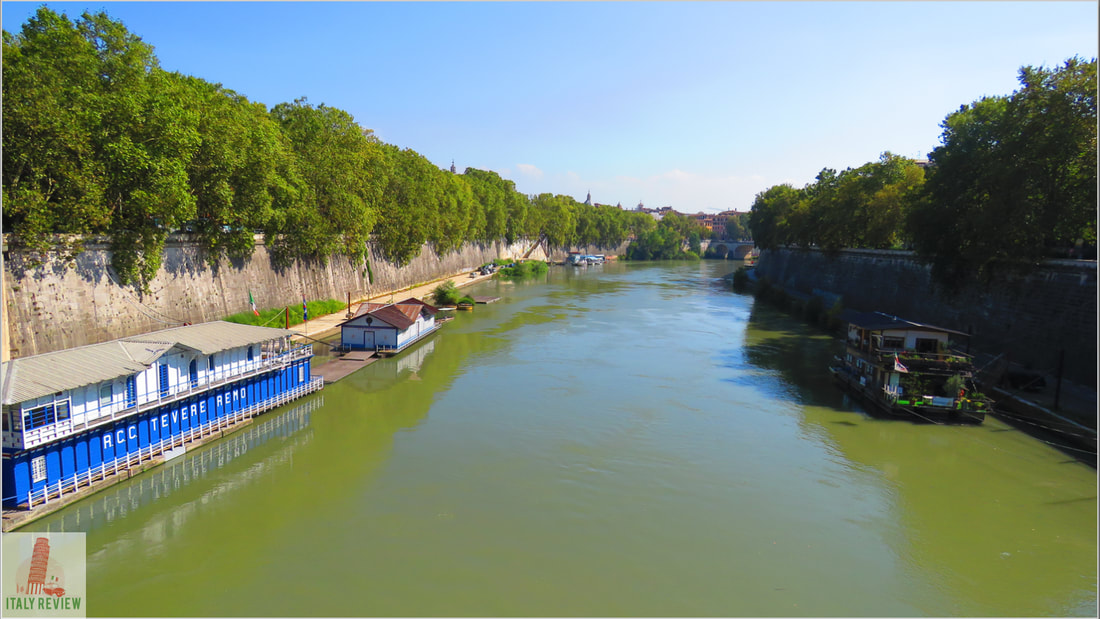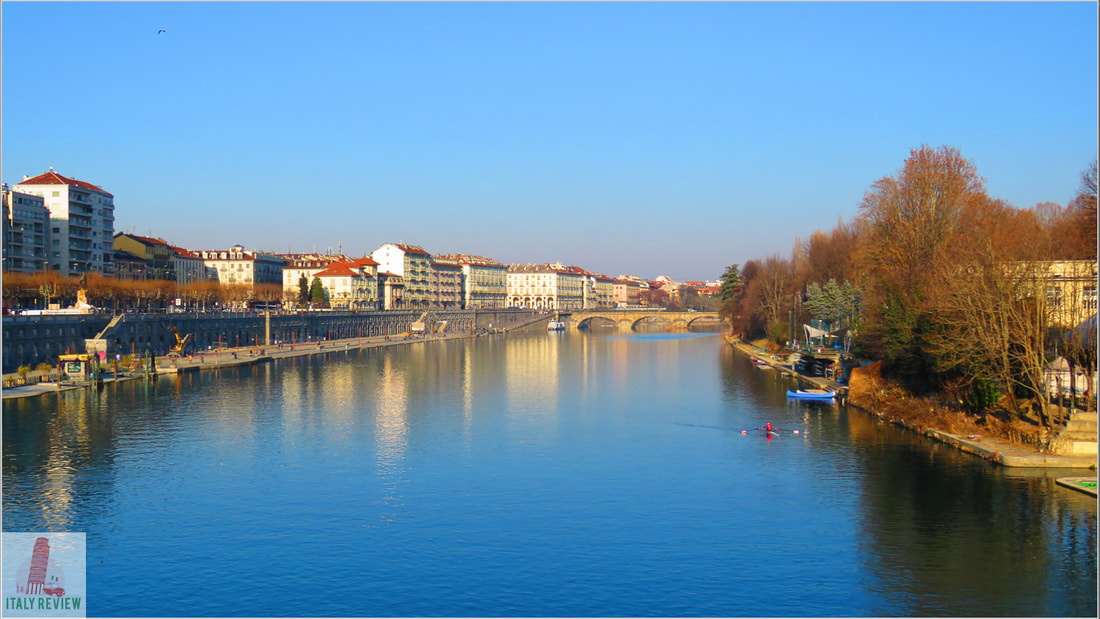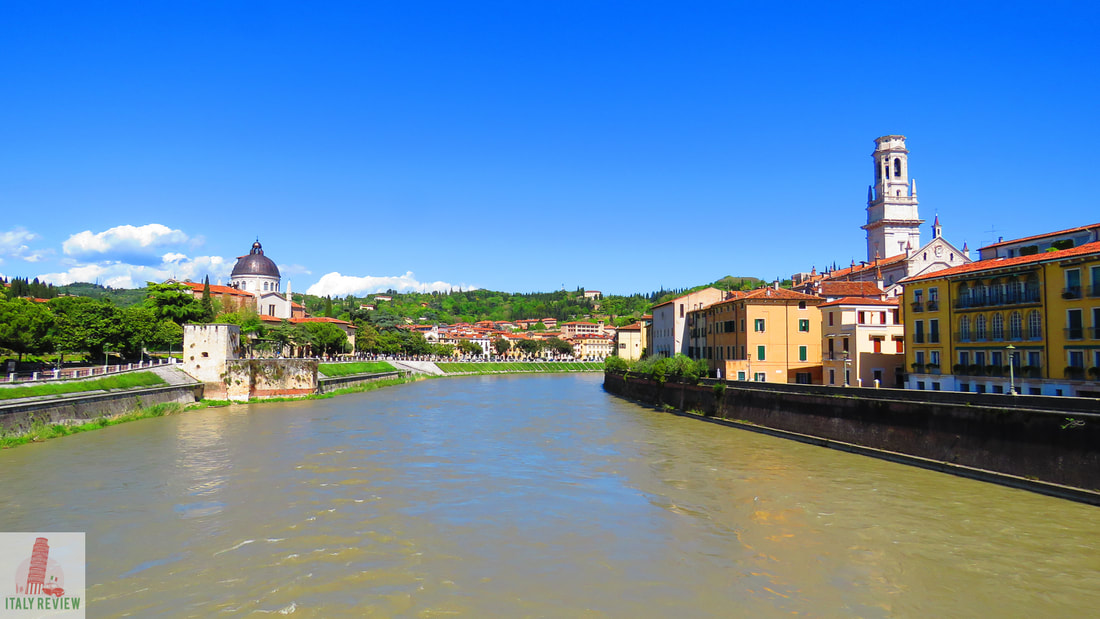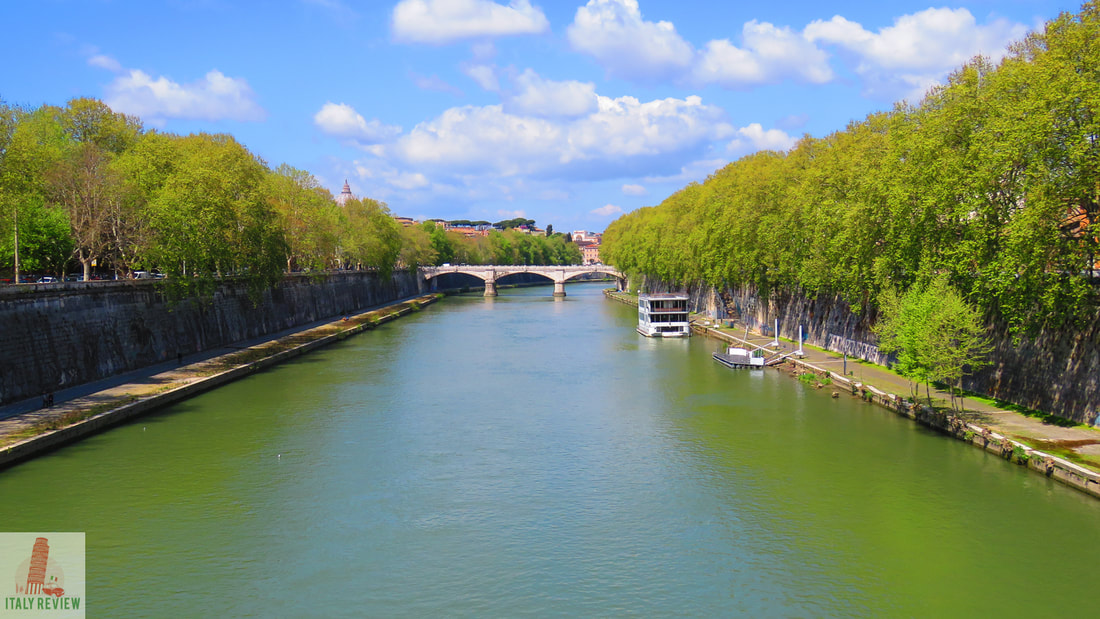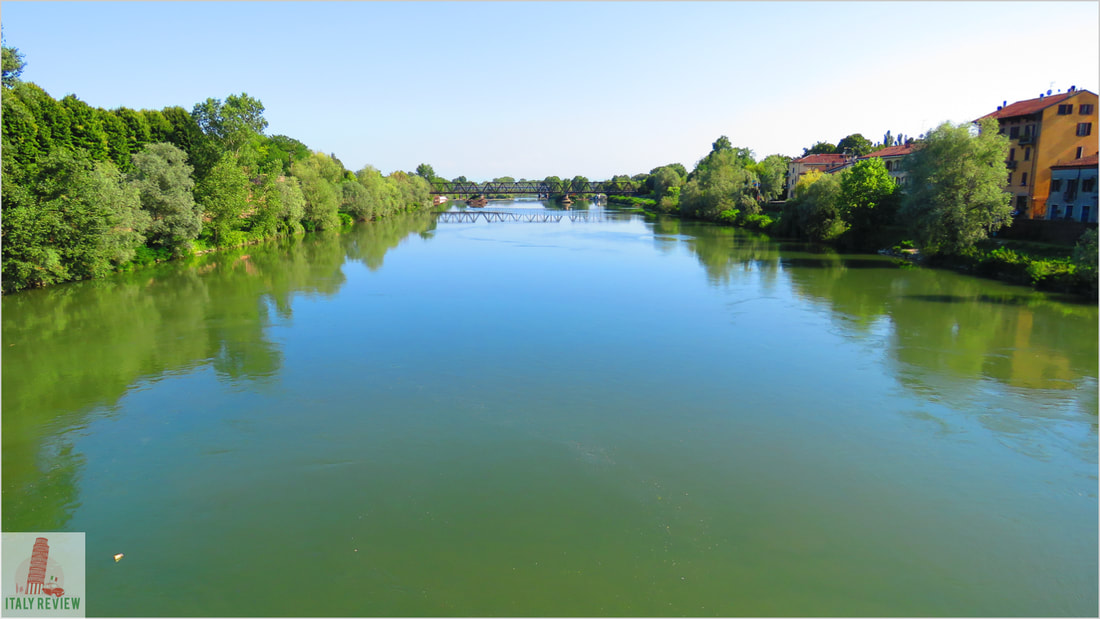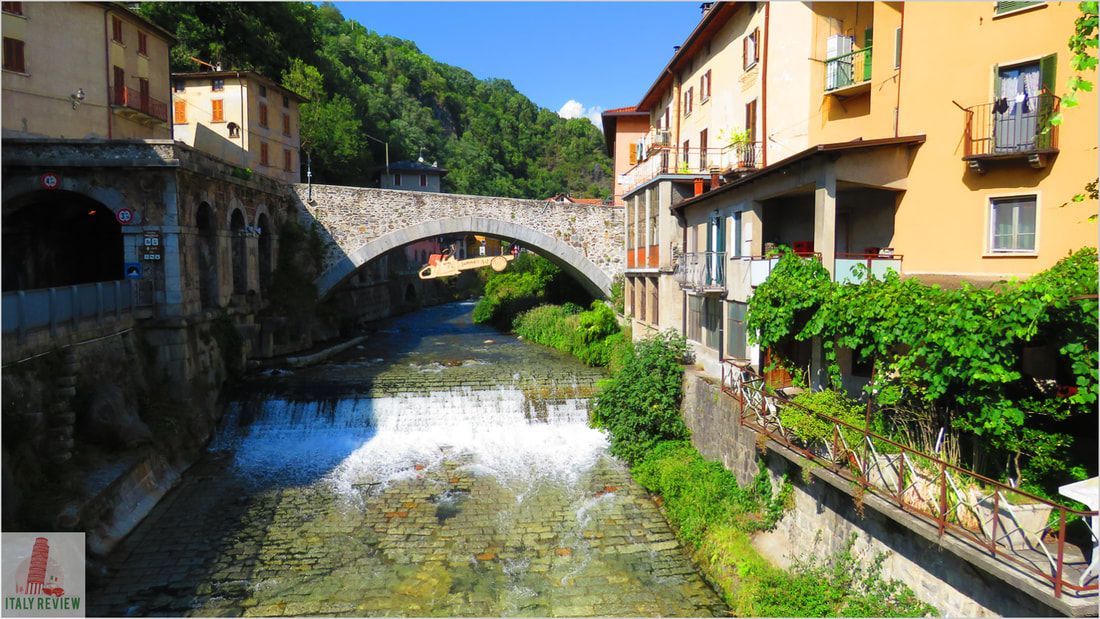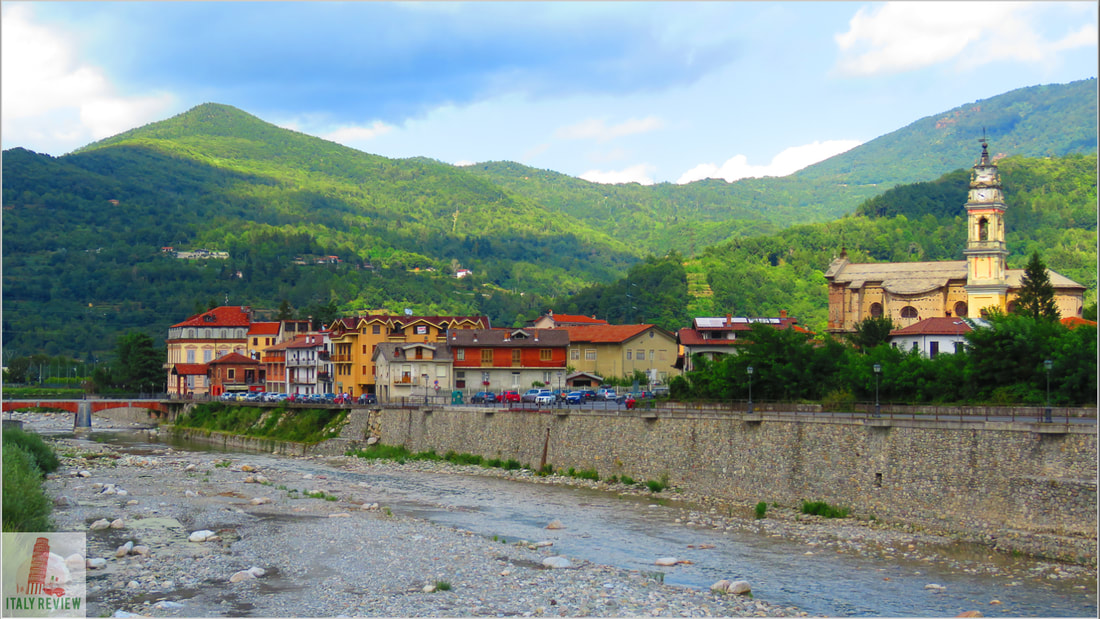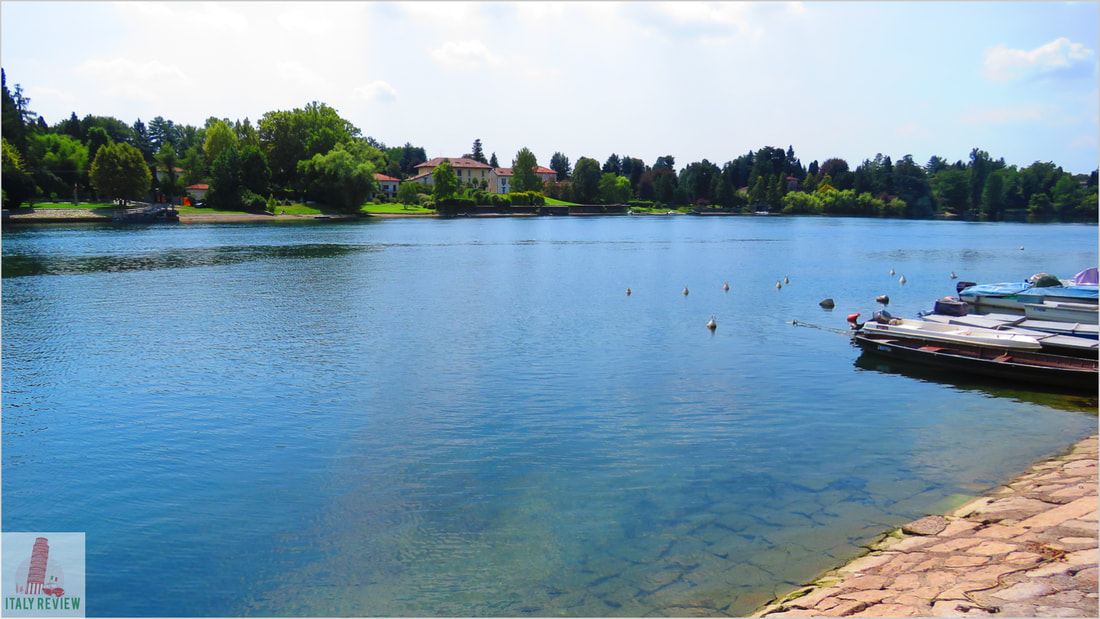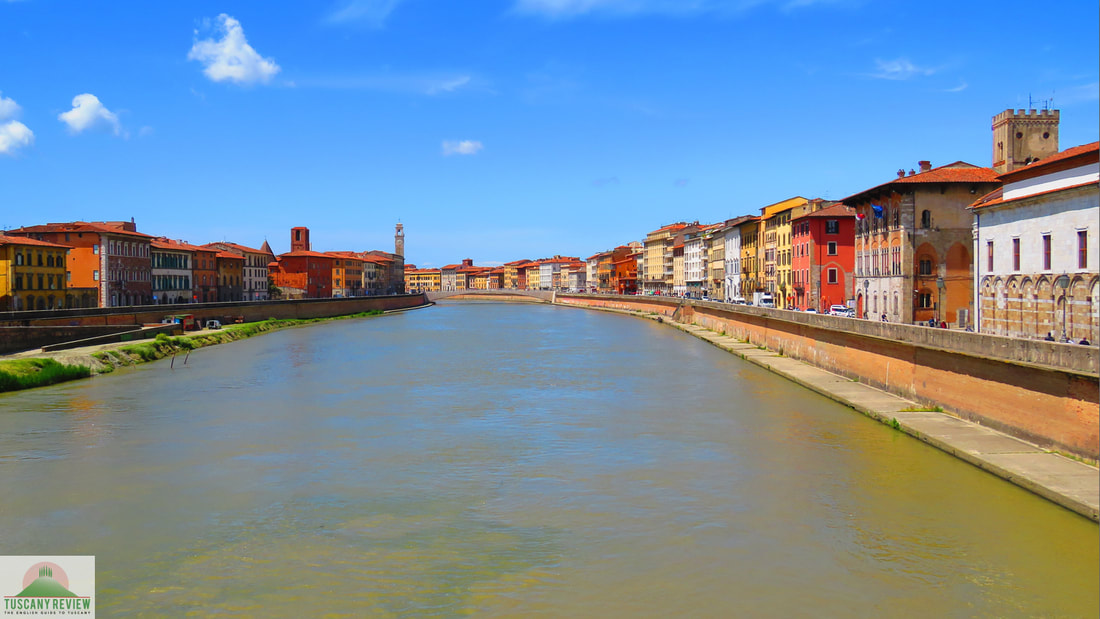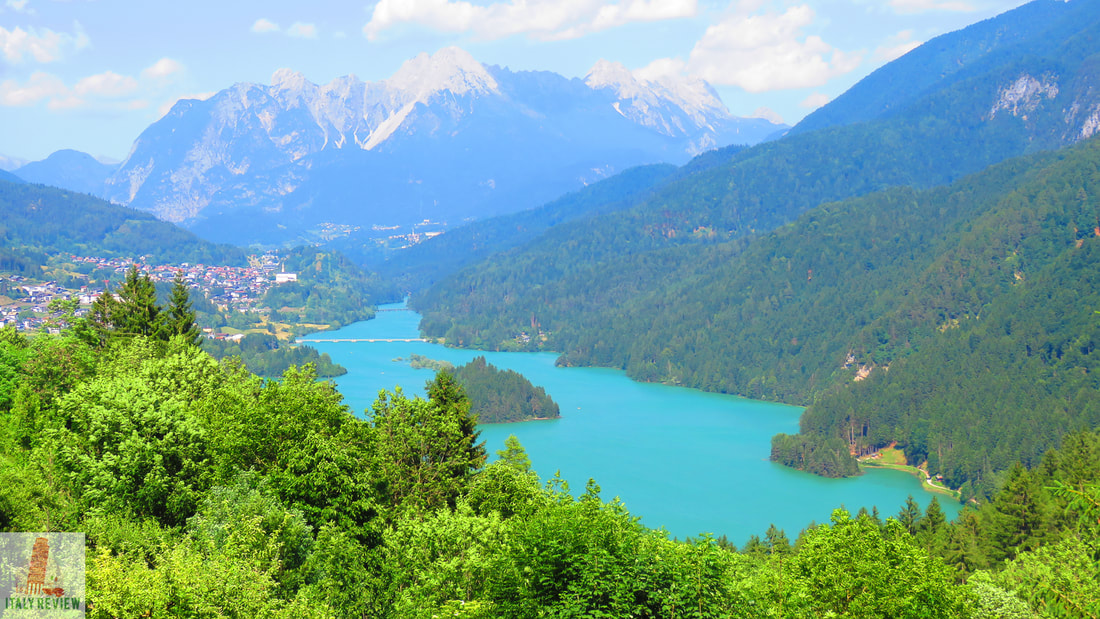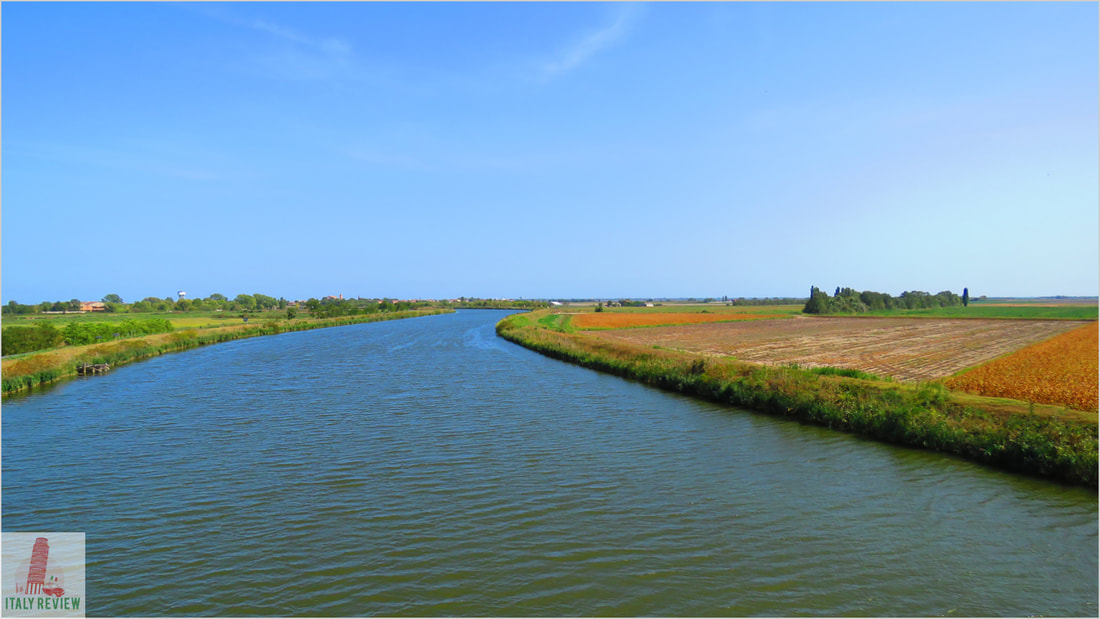Rivers of Italy
|
By Dion Protani
|
Latest update: 21 January 2024
|
|
The ten longest Rivers of Italy are headed by the River Po which extends to a length of 652 kilometres and encompasses four of Italy's northern regions.
Just like the second river on the list, the River Adige which is 410 kilometres long, it empties out into the Adriatic Sea on Italy's eastern coast. Although not the longest Italian river, the River Tiber is perhaps the country's most famous by virtue of the fact that it flows through the centre of Rome before emptying out into the Tyrrhenian Sea on the west coast. |
Another of Italy's most famous waterways, the River Arno which drifts gracefully through Florence and Pisa in Tuscany, is only the eighth longest. A full list of the top ten Italian rivers by length can be found by scrolling to the bottom of this page.
Related links
Top Ten Rivers of Italy by Length
1. River Po (Piedmont, Lombardy, Emilia Romagna, Veneto) - 652 km
2. River Adige (Veneto, Trentino Alto Adige/South Tyrol) - 410 km
3. River Tiber (Lazio, Umbria, Tuscany, Emilia Romagna) - 405 km
4. River Adda (Lombardy) - 313 km
5. River Oglio (Lombardy) - 280 km
6. River Tanaro (Lombardy, Liguria, Piedmont) - 276 km
7. River Ticino (Piedmont, Lombardy, Switzerland) - 248 km
8. River Arno (Tuscany) - 241 km
9. River Piave (Veneto, Friuli Venezia Giulia) - 231 km
10. River Reno (Emilia Romagna, Tuscany) - 211 km

